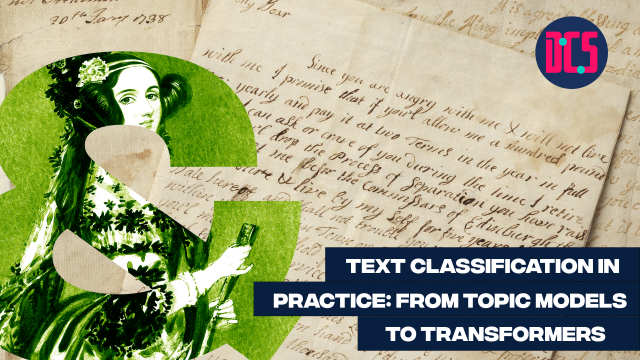Designing and Handling 3D Data for Printing

In Person
This course will take participants through the basics of learning how to work with 3D data, either collected with 3D scanners or created using CAD, with usable output projects using 3D printing.
-
The first session will focus on working with 3D scan data to create printable results and will require participants to preinstall Autodesk Meshmixer.
-
In the second session, participants will get a brief introduction to Autodesk Inventor and some fundamental principles of drawing for 3D printing. This session will also cover the process of finalising the data for printing.
Handling 3D data can be done in many different ways - these classes are introductory and offer examples of using one of many methodologies.
This is a beginner level workshop. No previous knowledge on the topic is required required/expected and the trainer will cover the basics of the method.
Those who have registered to take part will receive an email with full details on how to get ready for the course. The instructor will be available in the room from 13:45 to help you with the installation of the software in case you need it and the course will start at 14:00.
After taking part in this event, you may decide that you need some further help in applying what you have learnt to your research. If so, you can book a Data Surgery meeting with one of our training fellows.
More details about Data Surgeries.
If you’re new to this training event format, or to CDCS training events in general, read more on what to expect from CDCS training. Here you will also find details of our cancellation and no-show policy, which applies to this event.
Return to the Training Homepage to see other available events.
Digital Scholarship Centre
Digital Scholarship Centre, 6th floor
Main Library
University of Edinburgh
Edinburgh EH8 9LJ












